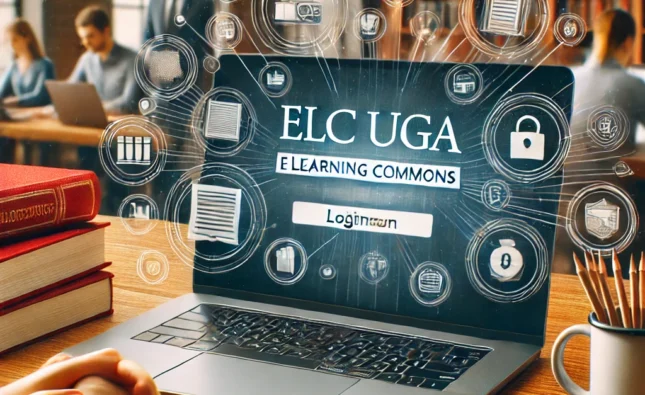Introduction
In the world of business-to-business transactions, few processes are as integral as the Request for Proposal (RFP) process. Essentially, when a business identifies a need and seeks an external solution, they issue an RFP to potential vendors. Vendors, in turn, provide an RFP response. For those who are new to the realm of business deals and procurements, the term “RFP response” might sound complex. However, with a clear understanding, it can become an instrumental tool for both organizations seeking services and those looking to offer them. This article will delve deep into understanding what an RFP response is, its key elements, and why it’s essential.
What is an RFP?
Before diving into the RFP response, it’s crucial to understand the RFP itself. An RFP is a formal document that companies use when they want to buy a product or service and are seeking proposals from qualified vendors. It often outlines the company’s specific project requirements, timelines, and criteria for vendor selection. An RFP might be issued for anything from IT services and consulting to large-scale construction projects.
Breaking Down the RFP Response
When vendors or service providers receive an RFP, the next step for them is to prepare an RFP response. This is essentially a proposal that details how the vendor plans to meet the company’s requirements as stated in the RFP. It is a vendor’s opportunity to demonstrate their expertise, solution feasibility, and value proposition, among other essential details.
Key Elements of an RFP Response

An RFP response can vary in its structure and details based on the industry, the complexity of the project, and the specific requirements laid out in the RFP. However, several core elements are often present:
- Executive Summary: This section provides a high-level overview of the vendor’s proposal. It often includes background information about the vendor, their understanding of the project’s objectives, and a brief overview of their proposed solution.
- Detailed Response to Requirements: This is the heart of the RFP response. In this section, the vendor addresses each specific requirement outlined in the RFP, detailing how they intend to meet or exceed these requirements. It’s an opportunity for the vendor to showcase their solution’s benefits and any unique selling points.
- Pricing: An essential component of any business proposal, this section provides a detailed breakdown of costs associated with the proposed solution. It might include the cost of materials, labor, licensing, and any other expenses. The more transparent and detailed this section is, the better.
- Project Timeline and Milestones: This section outlines the project’s proposed timeline, including start and end dates, key milestones, and any other significant events or phases.
- Team Bios and Qualifications: Particularly for service-based RFPs, this section introduces the team members who would be working on the project. It often includes their backgrounds, qualifications, and any relevant experience.
- References and Case Studies: To build credibility and trust, vendors often include references from past clients or detailed case studies showcasing their previous successes with similar projects.
- Terms and Conditions: This section delves into the contractual side of things, detailing the proposed terms of the agreement, warranties, guarantees, and any other pertinent legal information.
Why is an RFP Response Crucial?

The RFP response is a vendor’s main tool in securing a project or contract. A well-crafted RFP response not only addresses the requirements of the RFP but also showcases the vendor’s expertise, dedication, and unique value proposition. The process of crafting an RFP response encourages vendors to think critically about the solution they’re offering, ensuring that it aligns with the prospective client’s goals and objectives.
Additionally, from the perspective of the company issuing the RFP, responses provide a comprehensive look at the potential partners available in the market. They can assess and compare the capabilities, solutions, and value propositions of different vendors, making a more informed and strategic decision regarding whom to partner with.
Closing Thoughts on RFP Responses
An RFP response is more than just a formal document—it’s a crucial communication tool that bridges the gap between a company’s needs and a vendor’s solutions. By understanding its structure, significance, and role in the larger procurement process, businesses can better position themselves, whether they’re the ones issuing the RFP or responding to it. And for vendors, crafting a compelling and comprehensive RFP response can be the stepping stone to new opportunities and lasting business relationships.
For more information visit our home page.






